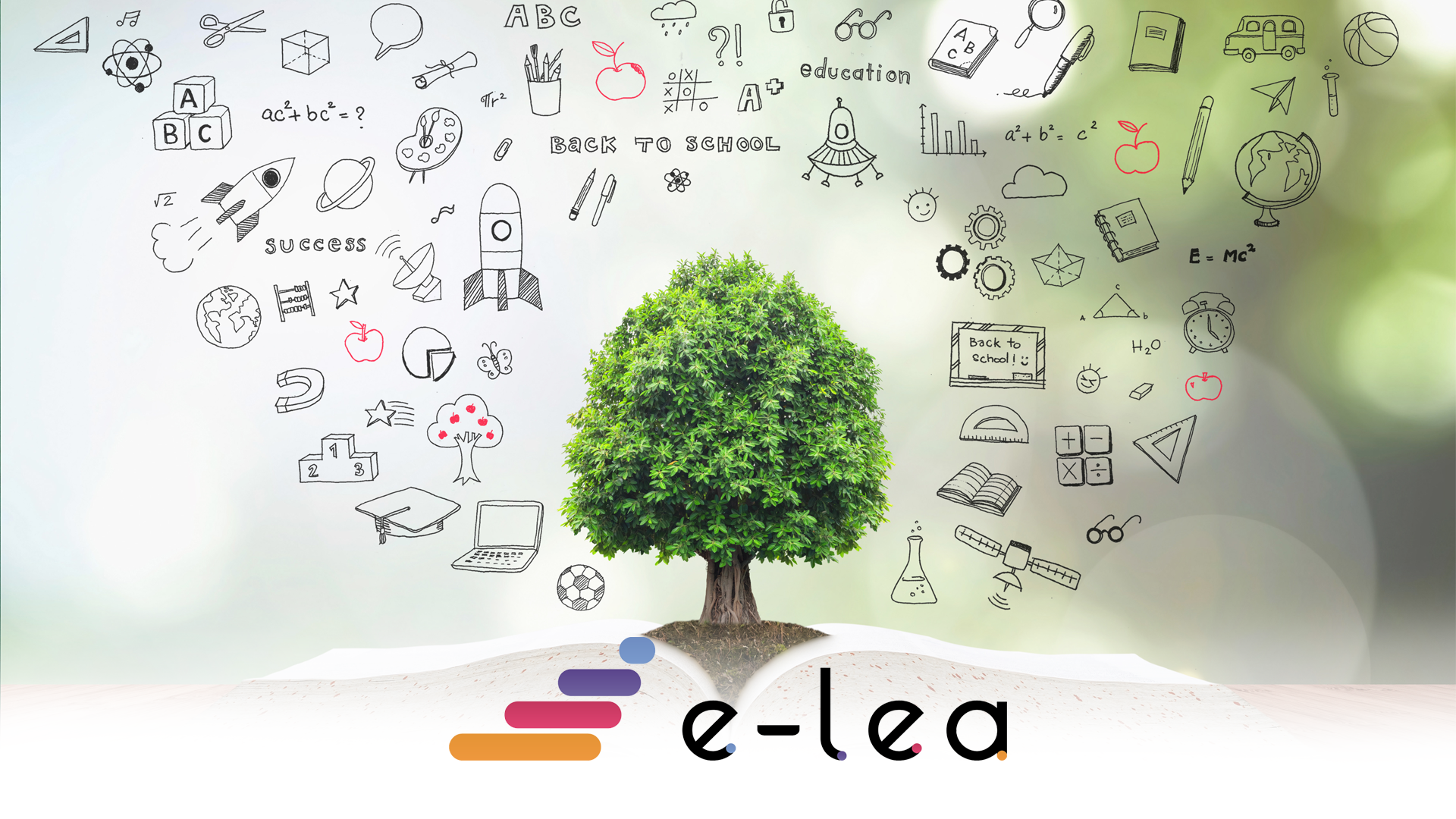In simple terms, an organization’s educational ecosystem includes its people, the technology used for learning, the content used for learning, the technology used to create and deliver the content, and the culture and strategy that exists within the organization. All elements of the ecosystem directly or indirectly affect the education that takes place in the organization.
An educational ecosystem can be healthy or deteriorating, self-sustaining or in need of support. This means that an organization must have a good understanding of its ecosystem to prevent its degradation.
In the past, the learning ecosystem was very simple, consisting of learners, educators, and content. With the advancement of learning technologies and globalization, today’s learning ecosystem is quite complex with multiple content options, delivery mechanisms and of course the introduction of informal learning such as social learning, microlearning, etc.
Today’s L&D leaders need to be aware of the complex interaction of the human mind with content and technology, which can have a huge impact on an organization’s learning behavior. With the introduction of e-learning, there has been a paradigm shift in the ecosystem from the past to the present. Learning has evolved from being teacher-centric to content-centric and is evolving to become learner-centric.
Let’s take a look at the future of the learning ecosystem based on new trends:
Focus on competencies In the corporate world, employee competencies matter more than knowledge. Therefore, the main emphasis in teaching is shifting from theoretical knowledge to practical professional competence.
Personalization Each person has their own distinct learning path and capabilities. Personalization of content has slowly become a trend, but it needs to be much more targeted. In the coming future, we will see much more personalization of learning content and customized curriculum.
Tailored content With artificial intelligence and machine learning advancing at a pace like “never before,” content curation is shifting from manual to automated. Learning management systems are becoming more intelligent and responsive to learner interactions.
AR & VR Augmented Reality and Virtual Reality are becoming more accessible, educational content will shift towards AR and VR to maximize personalization.
Technologies Technology will certainly play a large role in the design of educational experiences. These technologies can be used to understand user behavior and customize learning experiences.
Social relationships People are social, so learning must also be social. We are already seeing a significant shift toward social learning.
Self-directed learning There are always highly motivated and potential learners who want to go beyond the regular curriculum. They may discover self-learning, and modern learning management systems have the beginnings of self-learning.
What are the lessons learned?
The educational ecosystem is undoubtedly evolving at a significant pace. Learning is no longer a stand-alone student-teacher-content interaction, but much more. It has now become an enriched, complex mechanism that has the potential to truly maximize learning outcomes – provided it is properly nurtured and guided.
The e-learning industry is sure to play a big role in shaping the learning ecosystems in enterprises and making it more fruitful, both for individuals and corporations.




